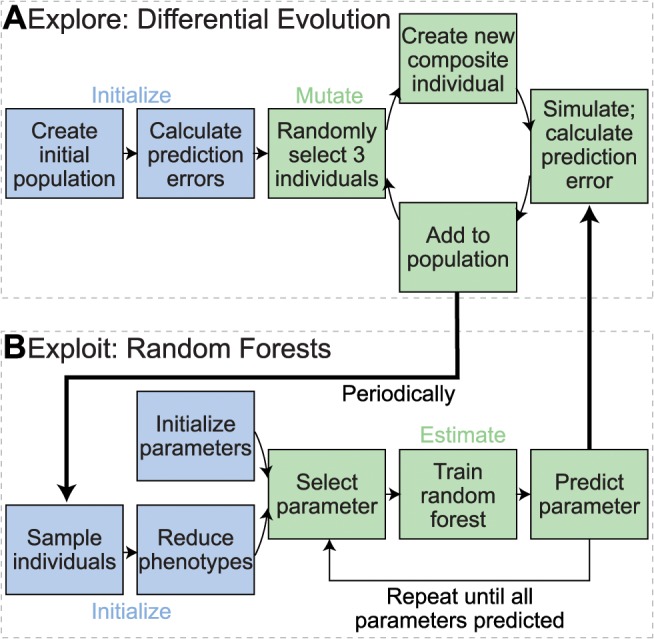Fig 4. Team Whole-Sale Modelers iterative random forest parameter estimation method.

Team Whole-Sale Modelers estimated the unknown parameters using a combination of differential evolution to explore the parameter space and random forests to exploit the available phenotype measurements. A. In the exploration phase, Team Whole-Sale Modelers generated an initial population of parameter estimates, and computed their prediction error relative to the mutant phenotype. Three individuals were then randomly selected without replacement from the population, and recombined using differential evolution (DE) to create new individuals. B. Periodically, Team Whole-Sale Modelers used random forests to add new individuals to the population. This was designed to exploit deeper structure in the phenotype measurements of the population. First, Team Whole-Sale Modelers used principal component analysis to create a training set that accounted for the majority of the variance in the phenotype measurements. Then, they used the first principal components to iteratively train random forest estimators for each individual parameter. After all of the parameters were estimated, they added the estimated parameter set to the DE population.
